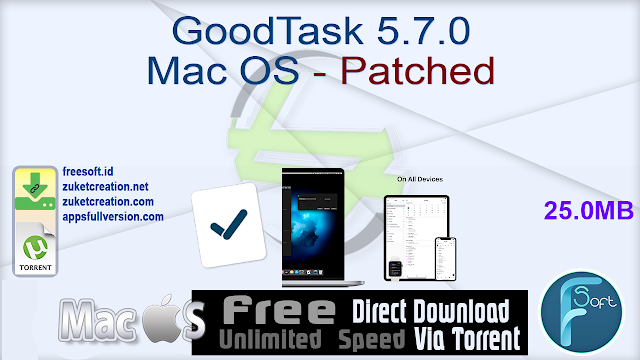
A good task is hard fun: Enjoyable to tackle, and meaningful.Through technology, great tasks permit learners to explore complex and changing relationships between variables, bring multiple perspectives to bear, and publish their work to contribute to the knowledge of the world.Great tasks develop strong habits of mind that promote questions of evidence (asking how we know what we know), searching for connections and patterns, supposition, and finally, determining why the topic of study matters.

In a great task the discoveries each student makes individually and as part of a team actually determine what they have to do next.

In a weak task, the next steps are predetermined either by teachers (workbooks), or by a computer program (computer assisted instruction). A strong task is one that allows students to have a genuine voice in what the next steps will be.They don’t just think about concepts they dig in and make something that requires them to encounter and understand fundamental issues of the subject. In a great task, students are designers and builders who confront and try to resolve big issues or essential questions.Great tasks create opportunities to encounter the real dilemmas, struggles and problems that characterize the subject. The point of access you create in the task doesn’t ‘dumb down’ the subject or discipline. The task should be recognizable to someone who has expertise in the field.In a classroom focused on building knowledge, keep the following in mind: This cannot be accomplished if tasks are reduced to mere assignments (write a report, complete this quiz).

Goodtask review full#
The tasks you design will be worth their full attention – and be open-ended enough that every student can find a way of making the work their own. Once students are hooked by your invitation to a great topic, it’s time to focus on what they can build and create.


 0 kommentar(er)
0 kommentar(er)
